Underground river in Son Doong
The experts said that when looking for new caves they can use some methods to help them, such as satellite images of faults in the limestone mountains, information from local people in the area because they have had many trips to the jungle before, to avoid rain or wild animals, they often find caves to stay overnight and last but not least is to follow the streams, where the stream originates. Or if that stream disappears or in other words flows underground, there must be a cave around it.
One of the most famous underground rivers in Vietnam is the underground river in Son Doong Cave, the largest known cave passage in the world by volume. Its name, Hang Sơn Đoòng, is variously translated from Vietnamese as 'cave of the mountain river' or 'cave of mountains behind Đoòng village. This underground river has given the cave its unique environment and ecosystem. The stream flowing through the cave creates many layers of mist inside the cave and dolines.
Rao Thuong upstream - the creation of the underground river of Son Doong
The underground river flowing into Son Doong originates from many small streams in the jungle along the km 33 to km 40 of the Ho Chi Minh Road west side. The stream is supplemented with more water from other sources Such as Cold Cave, Hang Ca Cave when flowing down the valley to Hang En. The stream is called Rao Thuong and flows through En Cave to where it is joined by the stream from Khe Ry Cave, increasing its volume. Hang Khe Ry is the longest river cave in Vietnam, with a length of almost 19 km and originates from the Vietnam - Laos border before flowing into Son Doong Cave. The collection of water sources from many different areas turns the Rao Thuong River into a big stream that has a large water flow and strong current on rainy days. And in the rainy season, around October every year, during big floods, the flood water can rise to 90 to 100m inside En and Son Doong Caves, and the water outside the valleys can rise more than 50m. The tree branches stuck high up on the walls and ceiling of the cave after major floods are proof of this. Usually, in limestone areas with large rivers flowing there will be caves formed by dissolving the limestone following joints and faults inside the bedrock. Currently, the underground river continues to flow inside Son Doong Cave.
The overview of Rao Thuong stream into Hang En Cave and Son Doong Cave.
The vanishing river
The underground river inside Son Doong Cave flows over cascades and waterfalls, some of which are 5m high and some are more than 10m high. The waterfalls create a loud rumble which can be heard even at the entrance. It was these sounds that made Mr Ho Khanh feel afraid when he heard a roaring sound when sheltering from the rainstorm at the entrance of the cave.
The underground river continues to flow inside the cave and the height of the cave in some places is 150-200m. Guests will follow paths in the cave, sometimes next to the river and sometimes 40-50m above the underground river. The Son Doong underground river continues to flow to Doline 1, where it descends 40m before disappearing from Son Doong Cave. The cave experts suspected that this underground river of Hang Son Doong connected with Hang Thung (a cave located 600m away).
In 2019, the expedition team of the world’s best cave diving expert (who participated in the rescue operation of the children's soccer team in Tham Luang - Chiang Rai, Thailand) led by Mr Howard carried out an expedition to find this connection. After nearly a week of surveying the expedition team discovered an underground passage at the depth of 90 meters. Unfortunately, due to the limitation of diving equipment for that great depth, the expedition had to be suspended. If the underground river passage is connected to Hang Thung, the volume of Son Doong will be added up to 1,6 million cubic meters. Further expeditions will be carried out in the near future.
At present, the underground river system from Son Doong Cave to Thung Cave is still a mystery for diving experts and the world.
The weather in the cave
Due to the difference in temperature inside and outside the cave, the air in the cave always circulates and forms cold winds blowing out from the inside of the cave entrance. It often carries with it a fine mist, formed from the steam from the river flowing through the cave.
The underground river in Son Doong Cave places a role of a thermostat for the whole ecosystem in the cave. The difference in temperature and water vapour from these underground rivers has created these cloud systems that make Son Doong magical in the eyes of explorers.
The Oxalis Experience.
Whether you prefer long treks, camping in a cave, sleeping under the stars in the jungle, swimming underground in river caves, explore the huge dry caves or just taking an exploratory day trip, Oxalis Adventure Tours can provide the right amount of adventure just for you.



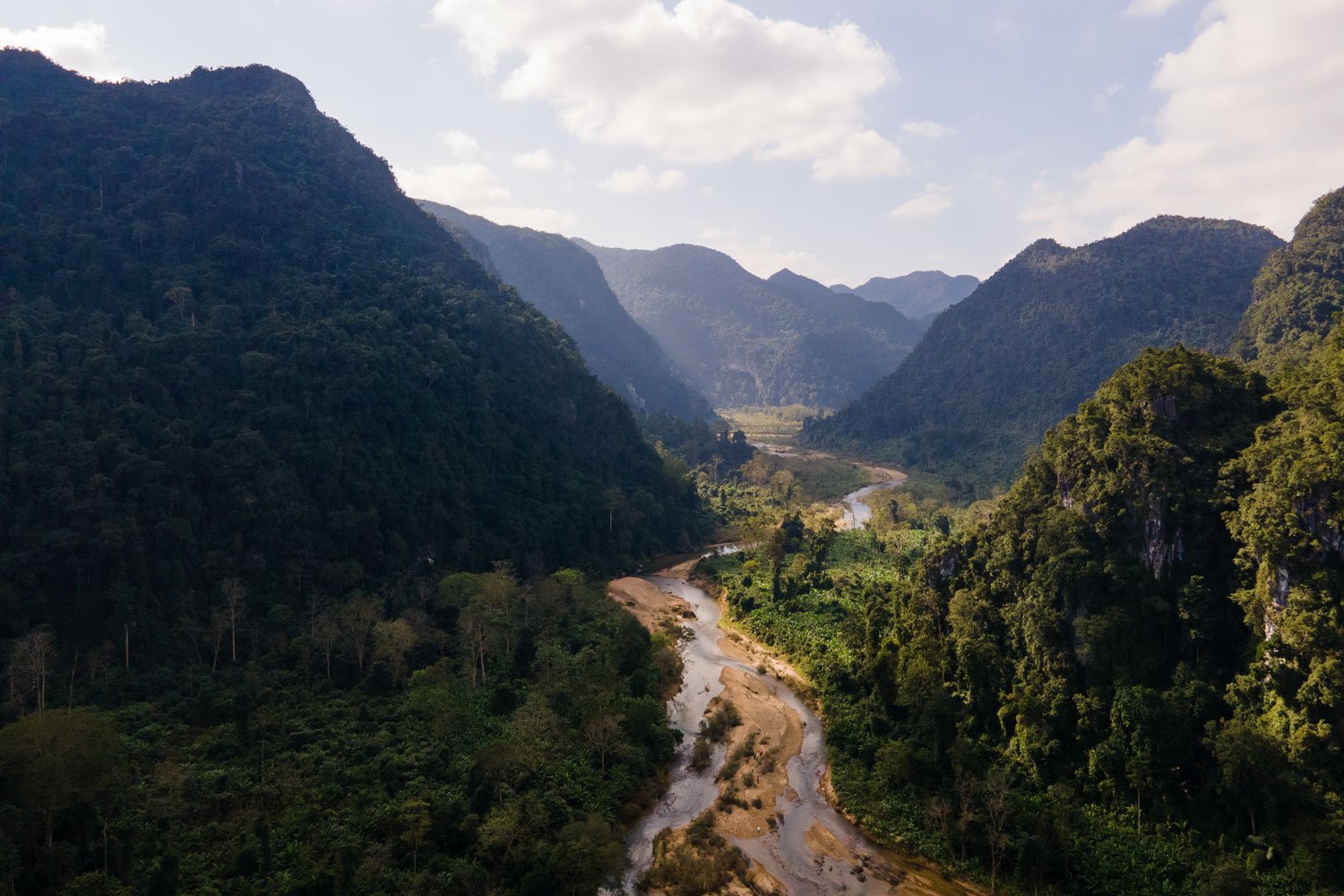
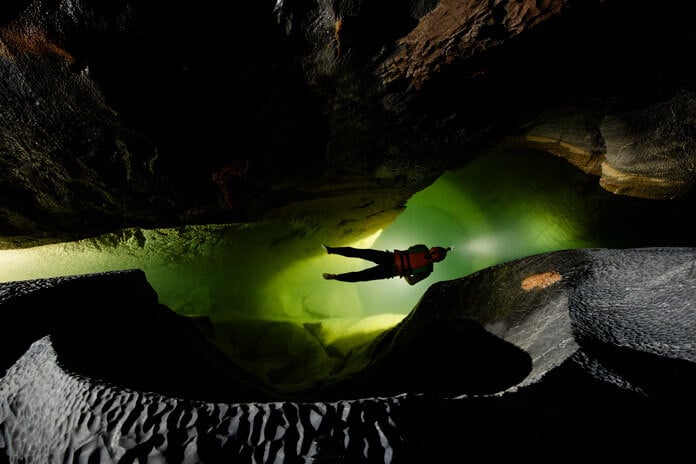
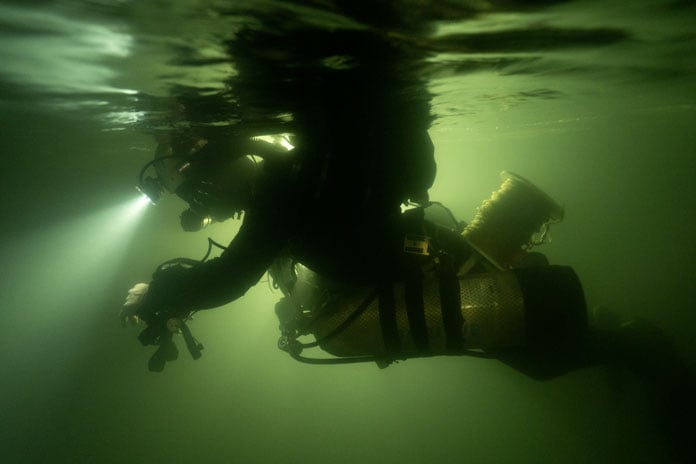
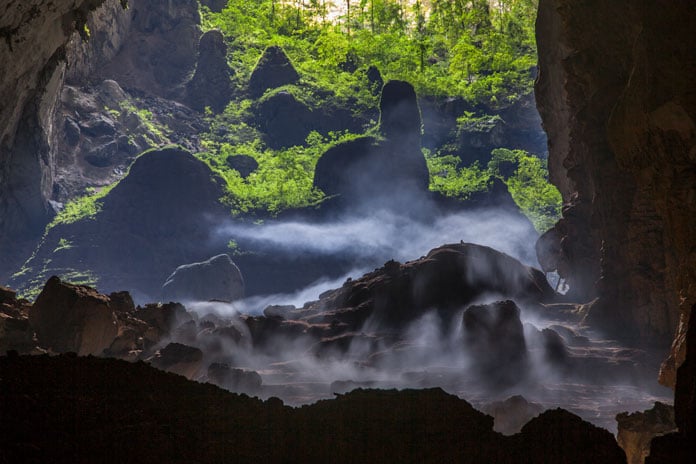
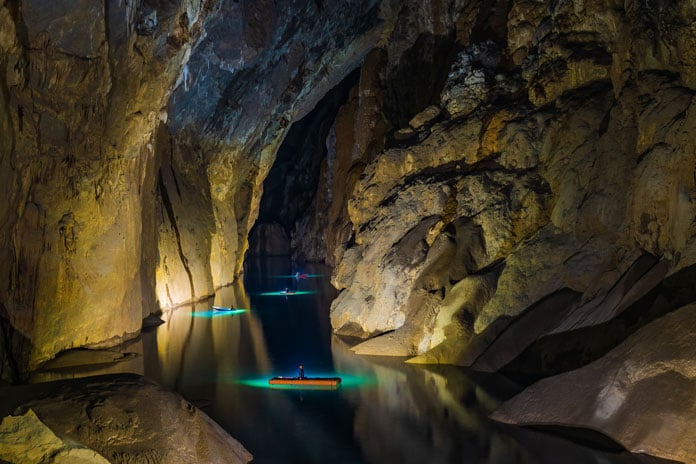
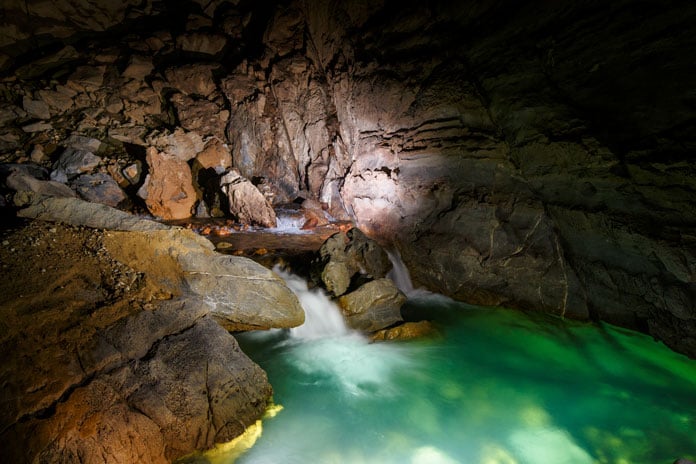
__637740499994967442.jpg)
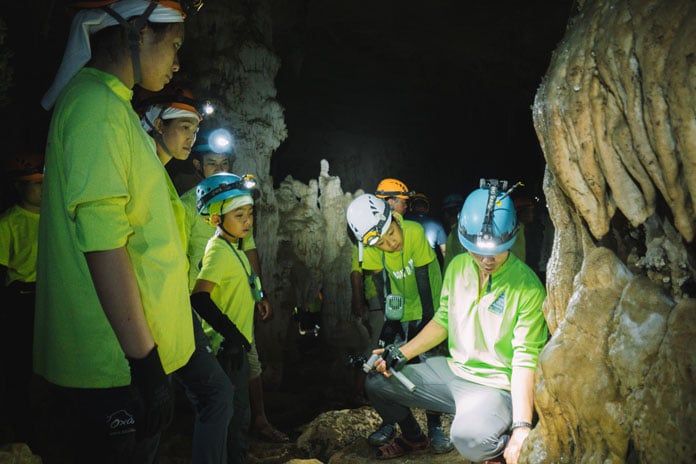
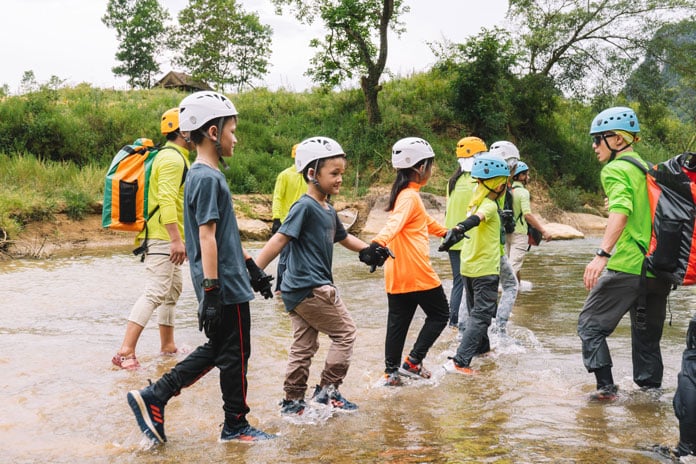
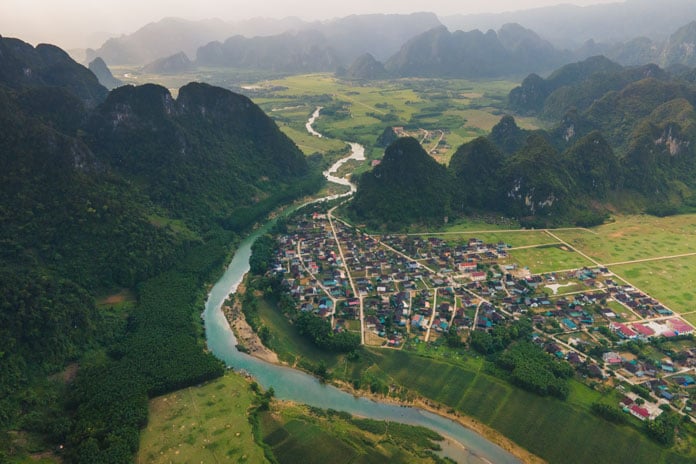
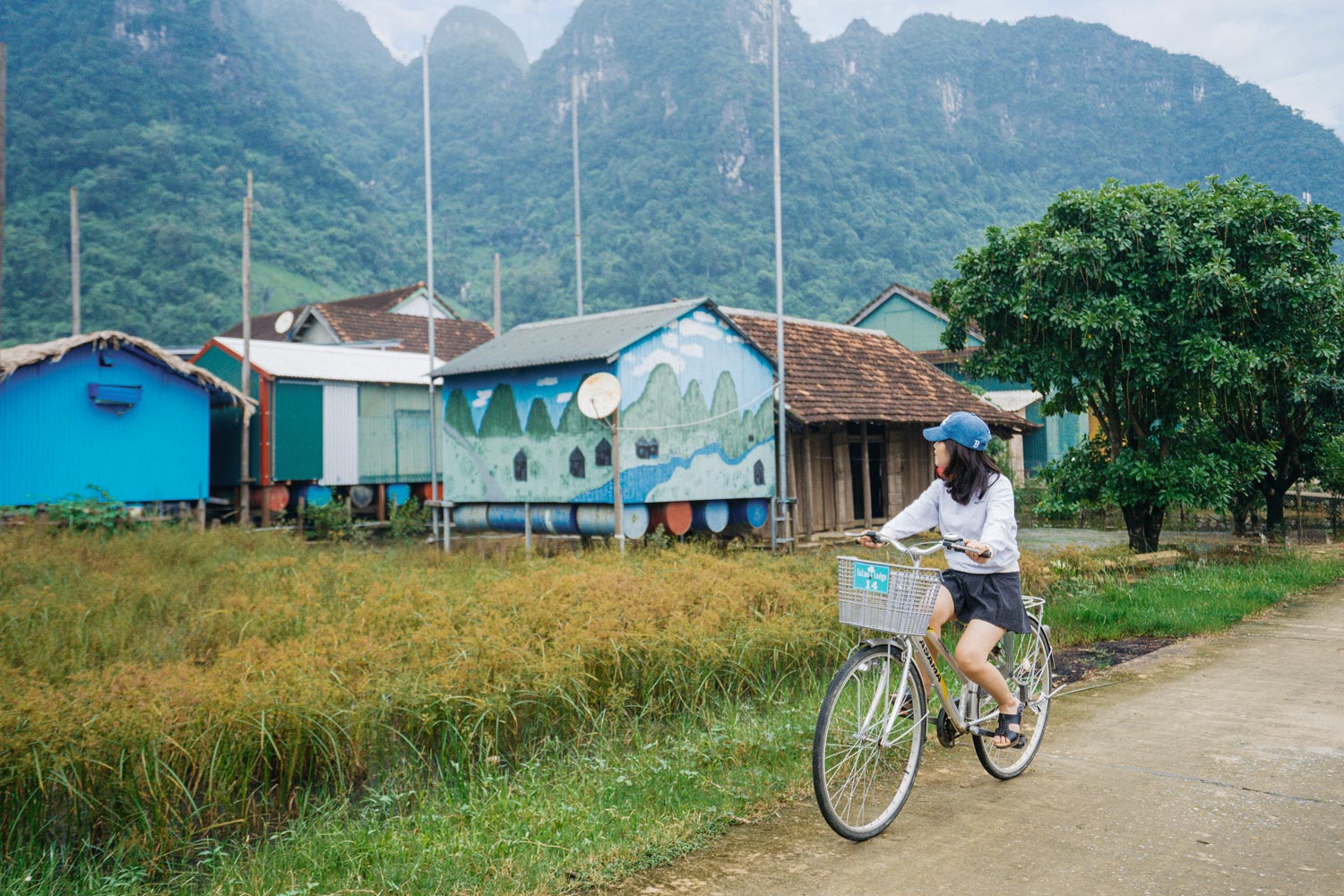
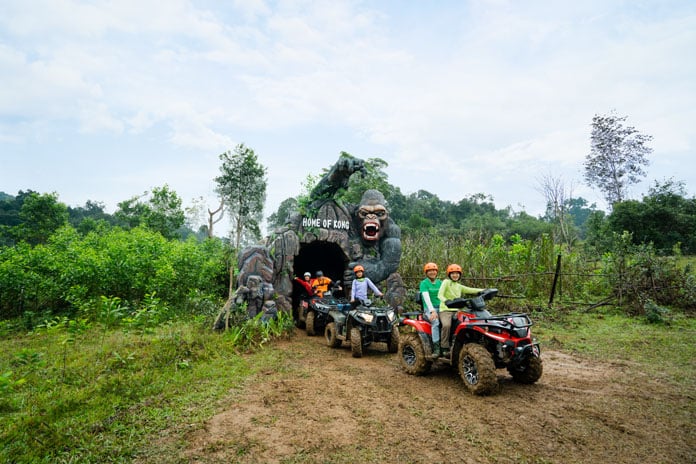
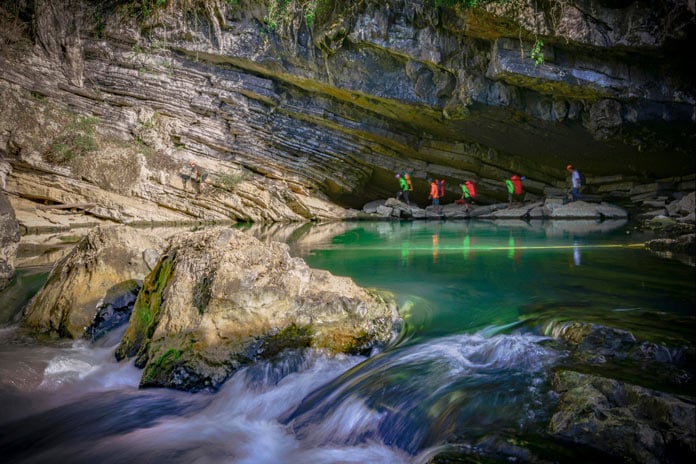
__637051767008903435.jpg)
__637051765075307793.jpg)
__637051774329206026.jpg)
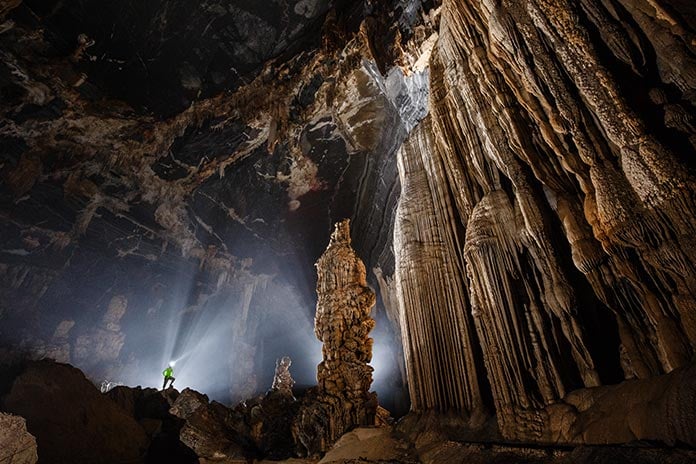
__637051782550081035.jpg)
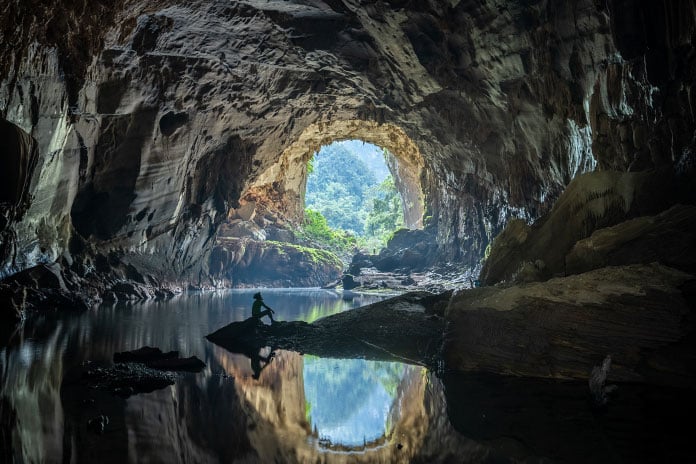
__637051777074859032.jpg)
__637051780703588520.jpg)
__637051781488596056.jpg)